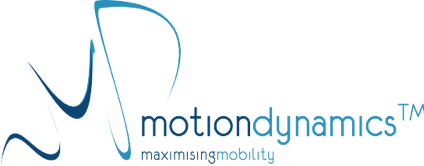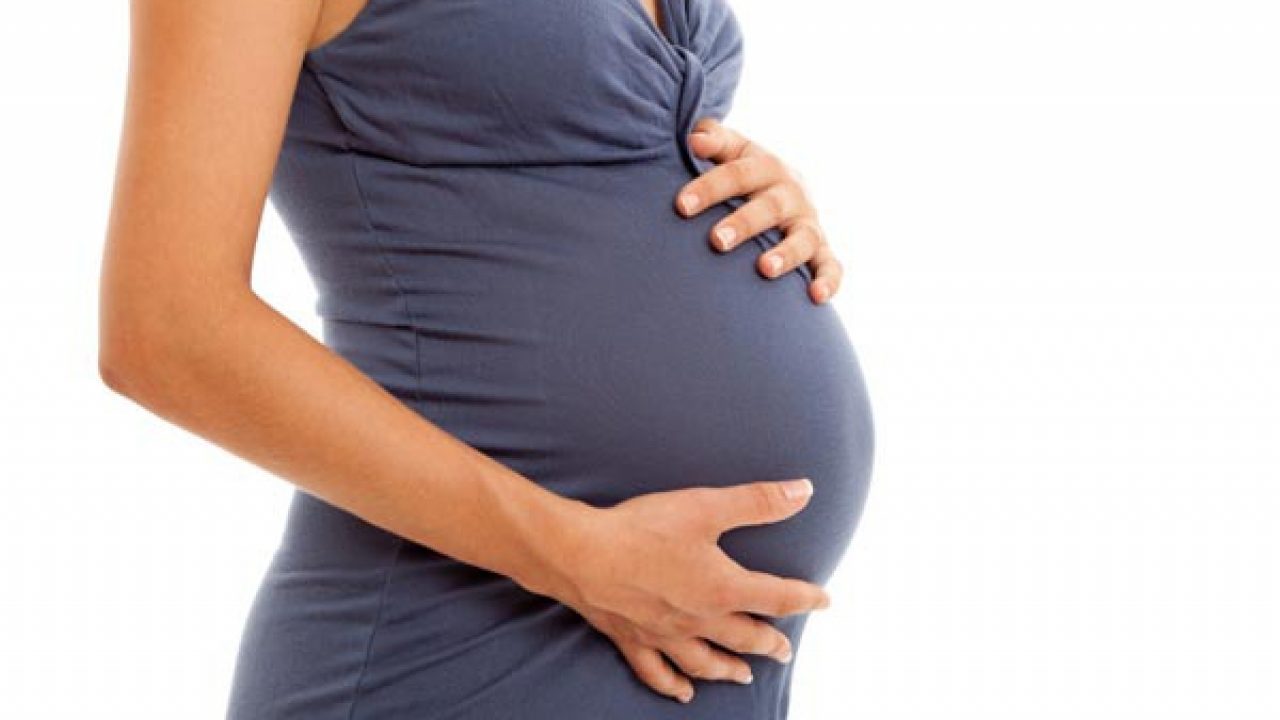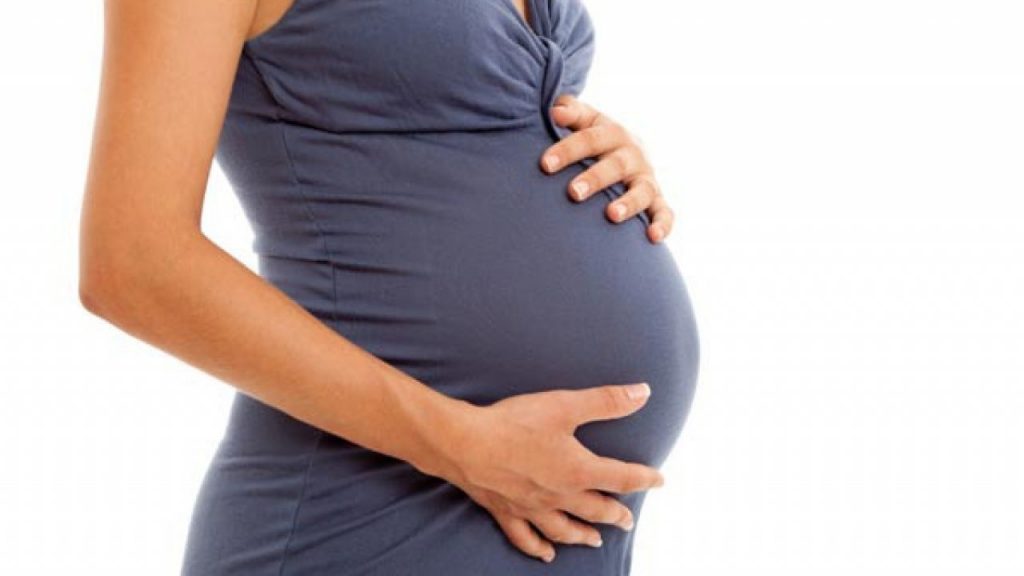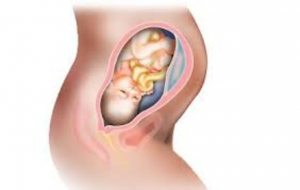THE POSTURE OF SITTING
There are many ways humans communicate with each other. The way you walk, speak, run sit or stand speaks volumes about who you are and how you feel in your environment. Let’s look closer at the way we sit.
There is the right way, the wrong way and your way to sit. Yes, we all have very different builds.
A slovenly posture whilst sitting could imply that you are bored, couldn’t care less, are tired and de-energized. You would rather be at home than at work, no enthusiasm.
Slouched, sloppy and inactive are words that come to mind when thinking of our sitting habits.

How do we learn to sit more upright and gradually learn to unsaddle ourselves?
Sitting posture tips:
Use what I call a 50-minute chair. One that is not ergonomically designed and allows you the opportunity to get up every 50 minutes. Can be a simple stool that you sit on.
When seated you should always have your knees below your hips to encourage a natural Curve in the lower back. Use a wedge cushion under the buttock to create that lift.
Computer screen should be around 28 inches in front of your eyes. Your eyes are lined up
with the top of the screen so that you are looking slightly downwards.
Never cross your legs when seated as this throws the hips and pelvis out of alignment.
Your feet should always be planted on the floor or a footplate. When the foot is off the floor you lose the neural connection to your spine. The spinal muscles turn off!
Be fidgety and move around as much as you can when seated.
Stretch your spine by bending your spine forwards when seated to look between the legs.
Hold stretch for 2 seconds and repeat 8-10 times.
Rotate the spine left and right once every hour to open up the joints of the spine and warm up the spinal muscles.
Every 50 minutes get up and get a glass of water to re-hydrate and to switch on those extensor muscles.
Enquire about standing desks or what is called sit/stand desks. You burn an extra 200 calories a day when standing rather than sitting. Also, it helps to rev-up the metabolic system that will allow you to activate the enzyme lipase. Our natural fat burners.
Posture is a body language that we all can read innately. Does that mean we should be
conscious of how we sit, stand and move?
In my observations posture is the reason why we gravitate towards each other and why we are continuously reading each other’s non-verbal body language. You are either attracted or repulsed by how someone carries themselves. It happens at the deepest intuitive levels. HR and AI (Artificial Intelligence) are looking at posture to reveal attitude, energy levels and willingness to comply.
Can we improve our postural habits?
Something strange happens to our bodies when we get past the heady age of 40.
Our muscles start to lose tone and shape and we begin to gain more adipose (fat) tissue. An indication that our metabolic system is changing, slowing down as we are not as active as we once were.
Over consumption and lack of fiber in our diets mean we are not eliminating toxins and we are accumulating unnecessary extra weight which makes us move more sluggishly, creating extra compression on our joints.
For example, the knee takes 5 times more load than any other joint in our body. A 10-pound extra weight translates to 50 pounds of extra load on our knees! Our nervous system is our main command and control for movement. It sends back via the central nervous system a feedback in microseconds of the pressure and the sensations surrounding the joints and soft tissue. We are starting to wear and tear at much earlier ages that we should.
Many anthropologists and anatomists are saying that humans are so well designed that we should be expected to live for 120 years or more. It is what we do to our bodies along the way that wears and tears the cartilage and the soft tissue.
Sitting is a form of compression. You place 8 times your bodyweight up your joints in the lumbar spine when you sit than stand. Your lower back is being compacted by the full force of gravity and the forces of your own bodyweight as well as the way you sit. If you are not sitting evenly on the 2 sitz bones in the lower pelvis you will likely be overloading the disks on the heavier side and more importantly de-hydrating the soft tissue surrounding the disks in between the joints. When they begin to desiccate or dry out you have lost shock- absorption and you have lost disk integrity. You are in fact weakening your spine. 90 percent of all the people we see at Motion Dynamics who work sedentary jobs in offices have fundamentally weak lower backs. In fact, weak spinal muscles that support them all the way to the top of the neck. Those multi-layers of muscles have atrophied and lost the reflexes to create the necessary upright support.
The key for any postural correction work is to get the mechanical alignment right. An even distribution of your own body weight between the left and right side. Then we need to stabilize the weakened postural muscles. Eventually we can add weight and load and start the process of really strengthening our bodies. As we get older, we need to do more strength work not less. We need to remind those reflexes that upright is efficient, we move with greater ease and with less resistance. More energy rather than less is our goal.
Sit less, stand and move more.
Chris Watts is CEO and Founder of Motion Dynamics Ltd.
www.motiondynamics.hk
info@motiondynamics.hk
Tel: +852 28823397



